Reproduction of lilac: popular methods

Often gardeners set themselves the goal of independently obtaining their favorite culture. Lilac is no exception, since it is actively grown in summer cottages and adjoining territories, and is used in landscape design. Today there are a number of proven ways to get a strong and healthy plant, most of which are available for implementation even by gardeners with minimal experience.
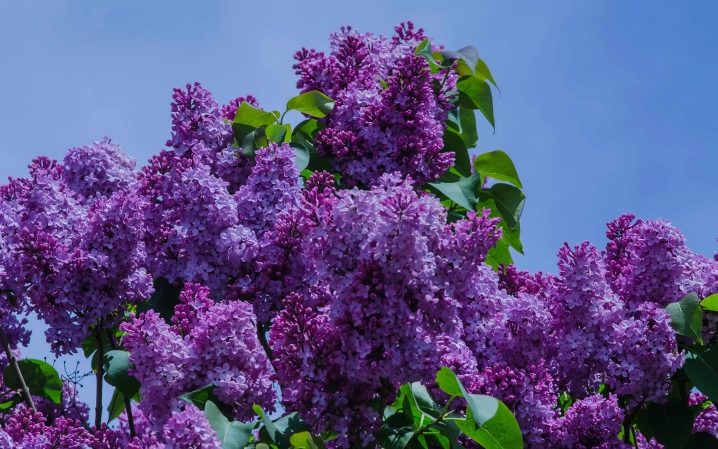
The ways
Lilac is an ornamental plant of the Olive family, which has more than 1500 varieties and hybrids. They differ in appearance, flowering frequency, size, etc. Lilac is a fairly popular crop, as it stands out for its attractiveness during flowering., as well as unpretentious care and frost resistance. That is why most of the gardeners, to decorate their site or for other purposes, are engaged in self-cultivation. Reproduction of a shrub at home can be done in several ways.
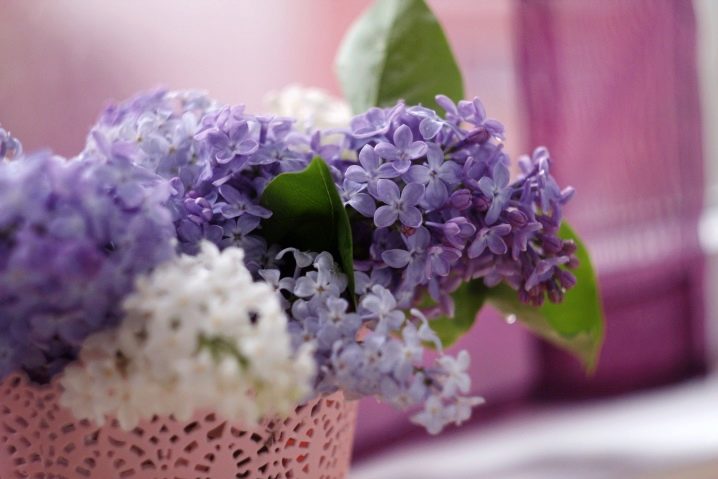
Cuttings
The most common breeding option for lilacs is to use green cuttings for rooting. It is possible to increase the chances of getting a new culture of ordinary or dwarf lilacs if you use planting material from crops that are less than five years old. To obtain seedlings, the timing should be chosen correctly.
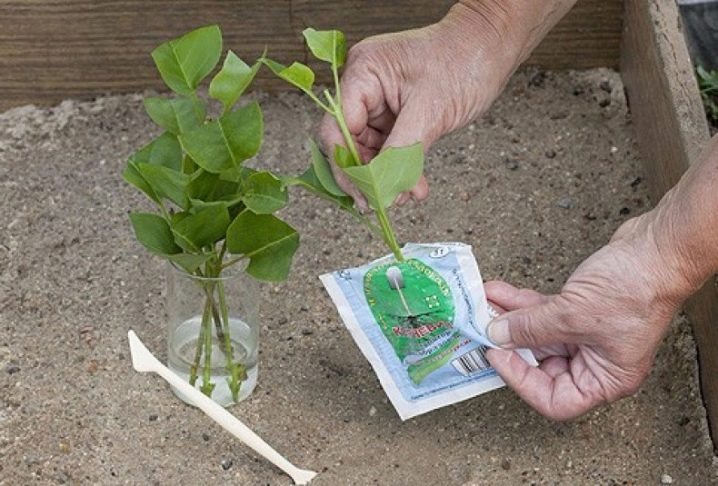
Experienced gardeners recommend the spring months for this breeding method.
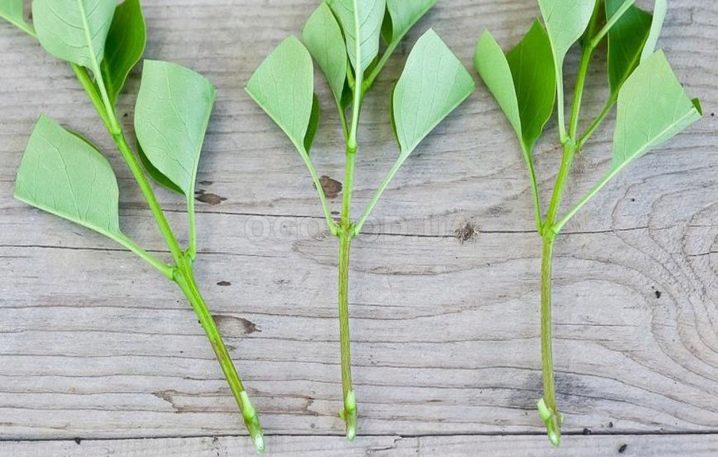
The algorithm for obtaining planting material from an adult plant is described below.
- For work, it is more correct to use an budding garden tool or a straight razor. It is worth cutting off shoots in the morning, choosing material from the middle of the bush, since zero and fattening shoots, as a rule, cannot be rooted.
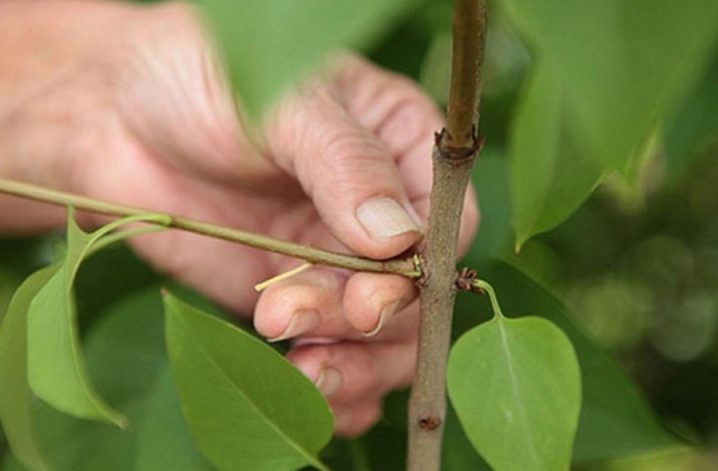
- Cuttings are cut in such a way that there are at least 4 buds on each material. All the leaves at the bottom of the resulting material should be removed. From above, it must be shortened by half. Such manipulations are necessary in order to reduce moisture evaporation. You can remove foliage the day before, even on the mother bush. In this case, there is a high probability that the cut will have time to tighten before planting the cutting, which will preserve the turgor of the leaf.
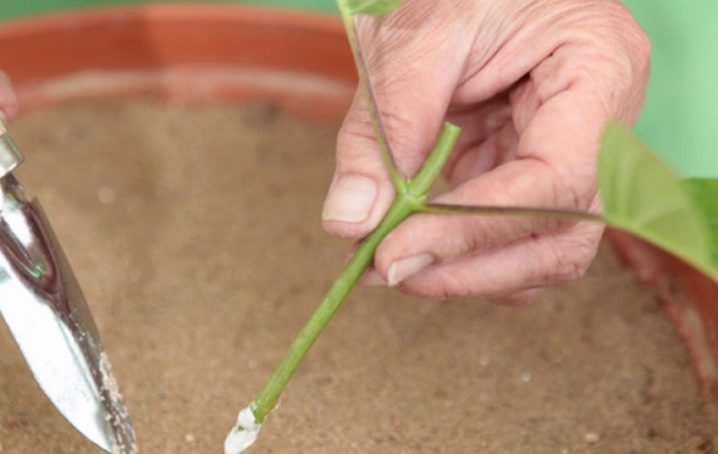
- The required number of cuttings after cutting must be placed in a container with a composition to stimulate the growth of the root system. The material is kept in it for at least a day.

- After the specified time, the cuttings should be rooted in special small containers. A suitable soil mixture for plants will be a substrate with sand and peat. You need to deepen the cuttings into the ground by a couple of centimeters.
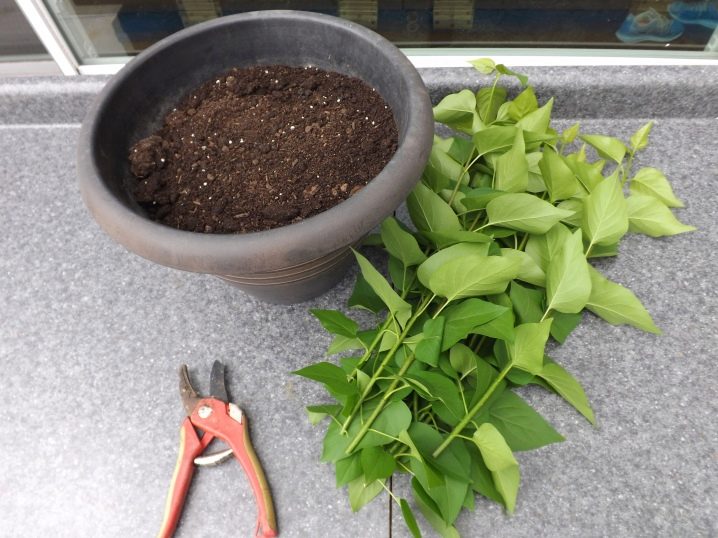
- The planted seedlings should be covered with polyethylene on top to create greenhouse conditions. As an alternative to the bag, you can use a cut plastic bottle.
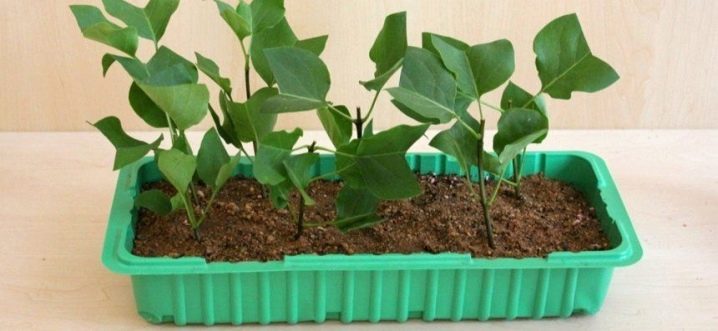
Caring for cuttings is reduced to maintaining the optimum temperature for plants, which should be maintained in the range from + 22 ° С to + 24 ° С. In this case, the humidity should remain within 85-90%. Moisture can be maintained by daily spraying. To avoid the appearance of mold on the green mass under the film, you can resort to weekly spraying with a solution of potassium permanganate.
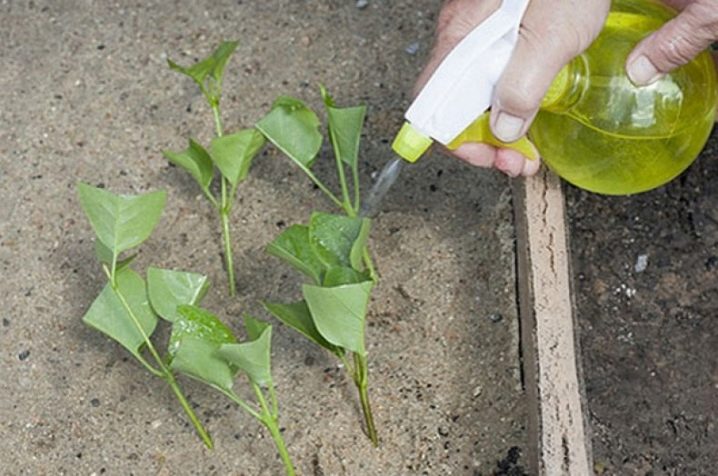
The first roots in cuttings will form no earlier than 4 weeks later. From this moment, you can gradually accustom young crops to normal conditions, removing covering material from the pots for a certain time. Rooting of cuttings into the ground is carried out in the fall, usually work is carried out closer to September. After planting the crops, they should be additionally insulated for the winter with spruce branches or spunbond.
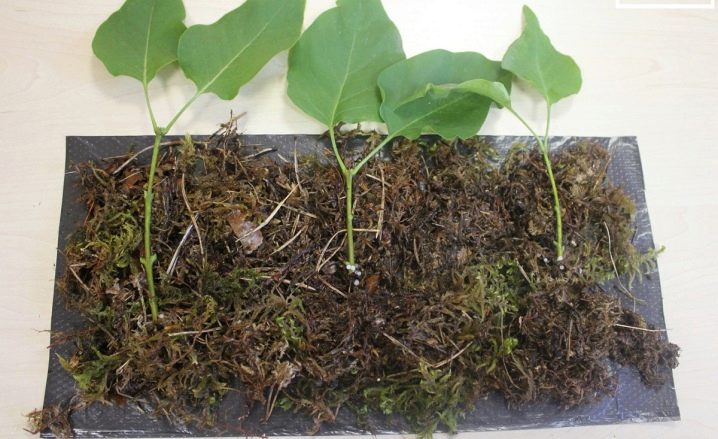
However, some gardeners recommend waiting for the arrival of spring by growing lilacs indoors. As a rule, such a plant will bloom no earlier than 4 years later.

When choosing a propagation method for green cuttings, you should study the features of varietal lilacs. The fact is that in some hybrids, seedlings do not take root in this way.
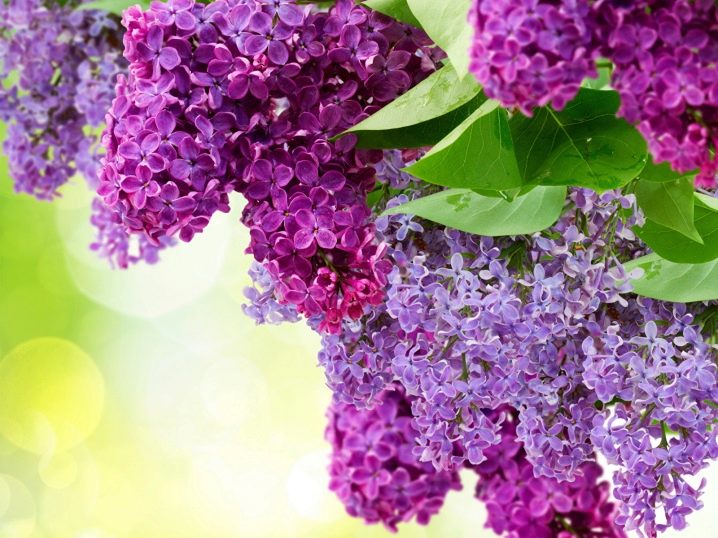
Also, lilacs can be propagated by lignified material. This option involves the use of adult shoots, which are prepared for rooting in autumn or winter. For this method, shoots are selected, the length of which is at least 15-20 centimeters. In addition, there should be 3-4 buds on the shoot.
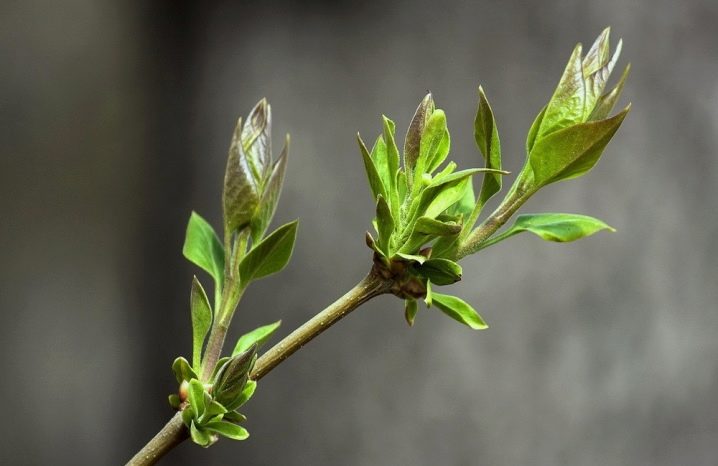
The cut stems are rooted in containers with sand and sent to grow in a cold cellar, or they are covered with snow, leaving in the fresh air until spring. Further, all work with the material is carried out by analogy with the option of using green lilac shoots.
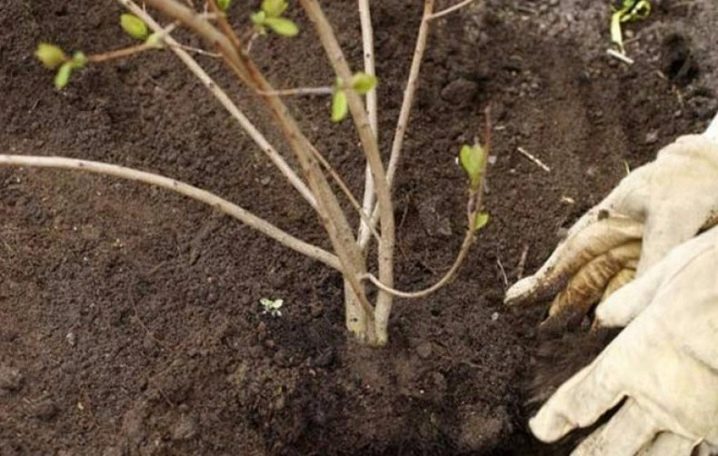
Seeds
You can also propagate a crop using seed. Such work is relevant in the case when the gardener is faced with the task of obtaining a new variety of ornamental bush. The demand for the seed method of reproduction is due to the peculiarity of the culture, which is cross-pollinated, in light of which the flowers of the selected plant may be completely different.
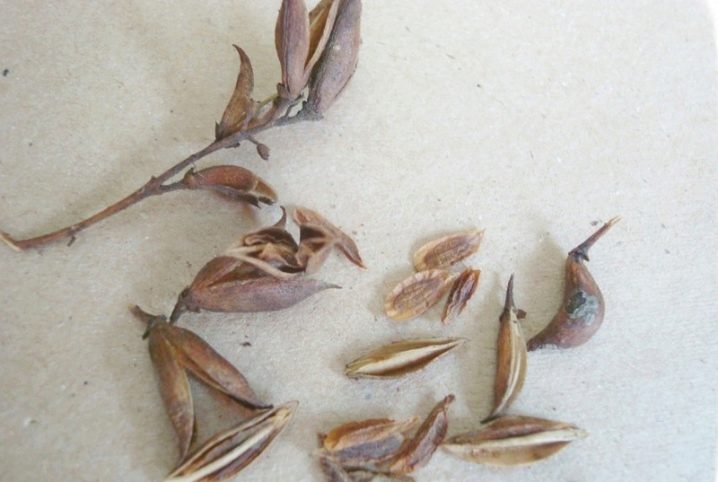
The collection of seeds is carried out in the fall, after which all the material must be dried at home before the capsules open. Then the seeds must be mixed with sand and sent to stratification in the refrigerator for a couple of months.
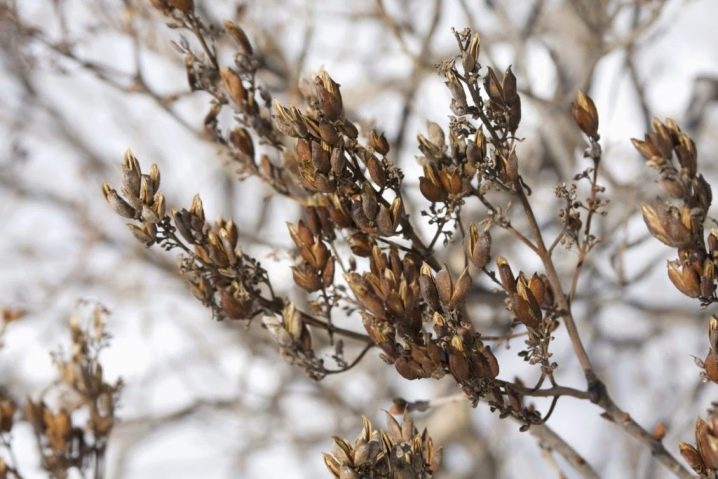
After the specified time, the available amount of material can be deepened into the ground, picking up an area without weeds and other crops in the vicinity. In this form, lilac seeds will winter in the open field until spring. When the snow melts, the place with the planting material should be covered with a film, wait for the first shoots. Then the plants are dived and planted at a great distance from each other.
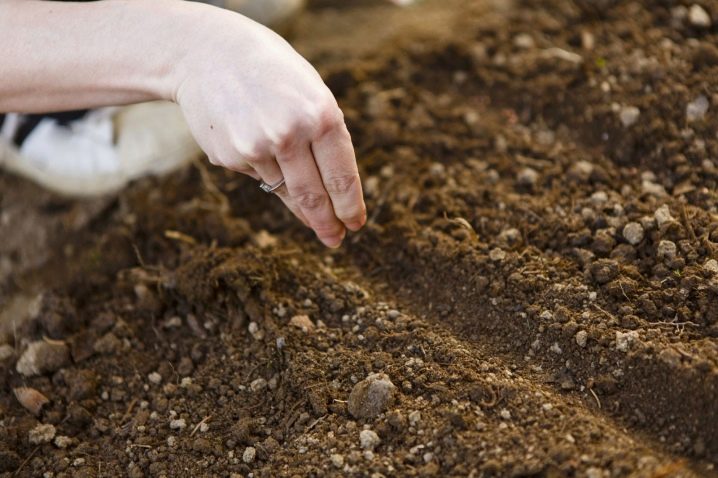
Care for young crops involves the application of organic fertilizers three times a season. To protect seedlings from attacks of insect pests, the area with plants should be sprinkled with wood ash. Lilacs can be transplanted to a permanent place only after a year. The shrub will be able to bloom no earlier than in 5 years.

Layers
Today there is several ways of propagation of lilac by root layers:
- simple lead;
- vertical abduction of shoots;
- horizontal layering.
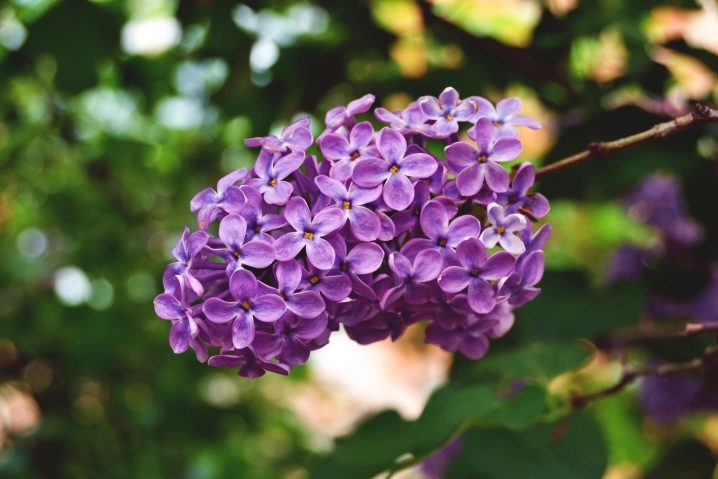
The first method is recommended for beginners in gardening, since it is considered the easiest. Its essence lies in the choice of the strongest shoots in the spring. To propagate varietal or ordinary lilacs by layering, the gardener needs to use one-year-old shoots of the bush. They are bent to the ground, fixed in any way, and then sprinkled with soil. The main point that will ensure a positive propagation result is the level of moisture in the soil used as the top layer above the cuttings. As a rule, by autumn this part of the plant can be separated from the mother bush.
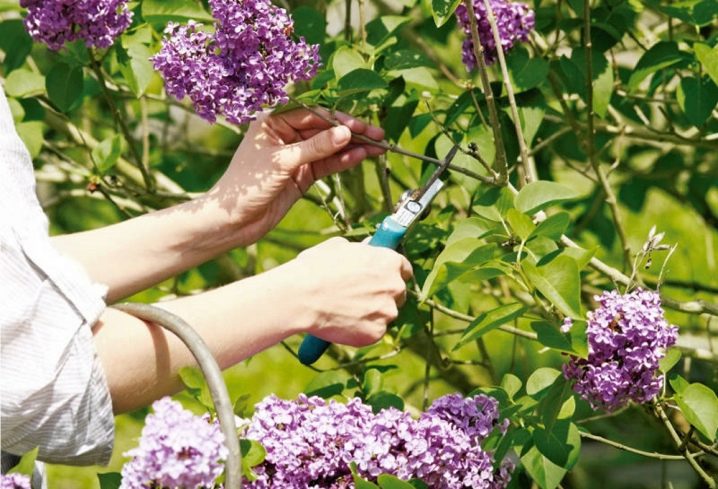
The second method can take several seasons. Rooting works using the Dahlem version of obtaining lilacs by root shoots involves the autumn complete pruning of shoots on the selected plant within two years. In the third year, when the lilac shoots will be about 20 centimeters long, the gardener should make an incision in the bark under the first buds and wind the wire around the branch in several turns.Thus, the plant is stimulated to root formation.
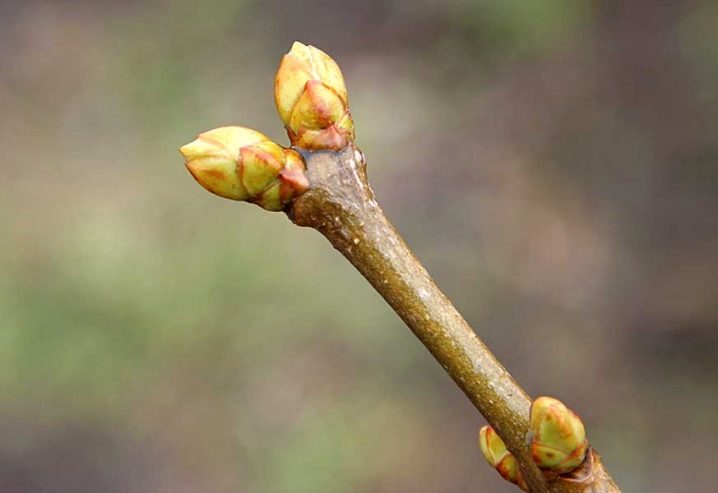
Only the strongest branches are selected for work. They should be bent and buried in the ground. With the arrival of autumn, the layers are dug up and separated from the mother plant for growing.
The Chinese version assumes work will be carried out in early spring. To perform horizontal abduction, you need to select an adult and strong plant, which is about 4 years old. Furrows should be made around it with a depth of about 3 centimeters. It is worth taking several one-year-old shoots from the bush, which fit into the grooves and are fixed. Copper wire is wound on the shoots near the buds. Then the furrows are covered with earth and watered regularly.

After some time, new shoots will begin to form on the branches in the ground, which should be sprinkled with earth halfway as they grow. At the end of summer, the cuttings can be separated from the shoots and transplanted into small containers for indoor growing for another 2 years.

Microclonal
This method of reproduction of lilacs cannot be carried out at home, since microclones of crops are grown only in laboratory conditions in botanical gardens. This happens on the basis of institutions or commercial organizations. The essence of micropropagation is to obtain new crops by asexual means. As a result of the work, plants genetically identical to the original material are grown using a patented technology.
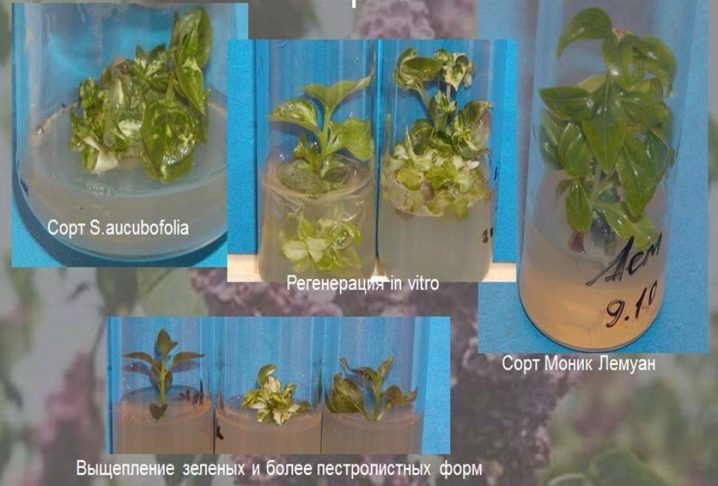
Today, breeders identify a number of positive features of this breeding method, among which should be noted a high survival rate, the ability to engage in obtaining new crops throughout the season, complete liberation of plants from viruses, etc.
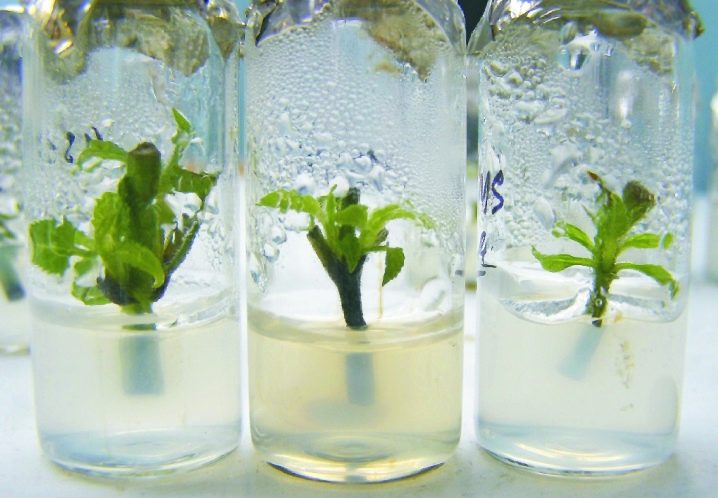
However, there are often cases when a gardener, acquiring lilacs obtained by micropropagation, eventually grows a completely different crop than the one given in the description of the product. Unfortunately, this can only be discovered after a few years. A very important role in the course of microclonal reproduction is played by the selection of the nutrient medium, as well as the observance of a certain concentration of hormones.
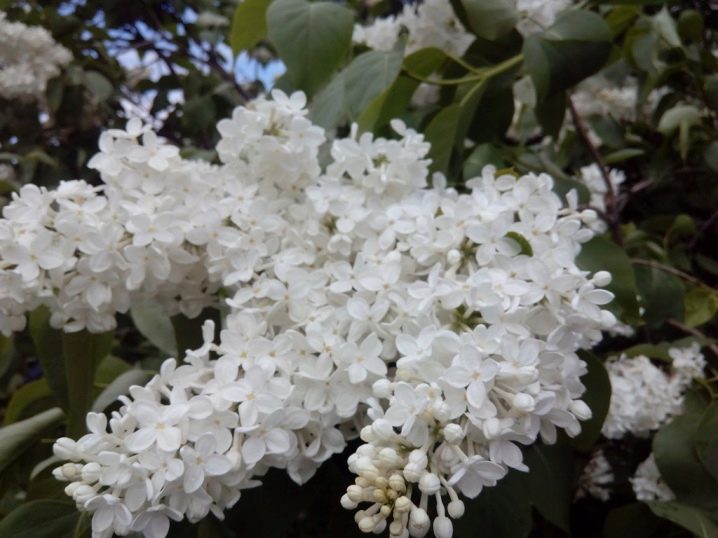
Correct fit
Despite the fact that most of the varieties of lilacs are characterized by unpretentiousness in the choice of soil for planting, nevertheless, the culture should be planted only in sunny areas, avoiding lowlands and drafts in the place of rooting of the shrub. In addition, during the first 2-3 years after planting, lilacs will require regular activities related to watering and fertilization.

Consider the algorithm for the correct rooting of a plant.
- Before planting a culture, the selected place in the garden should be treated with disinfectants. It can be fungicides or potassium permanganate solution. Work should be carried out 2-3 days before the planned rooting of the plant.
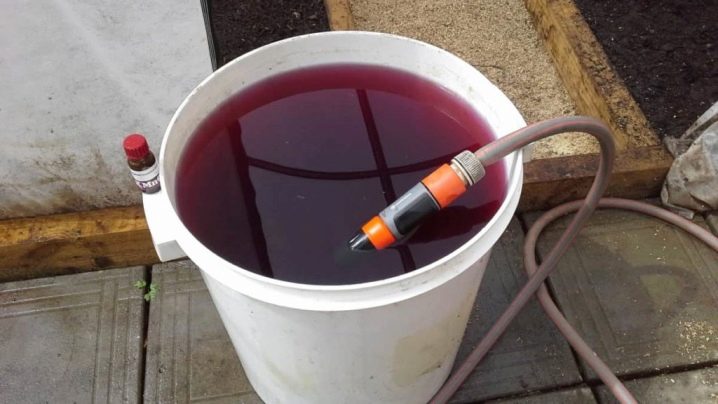
- The optimal size of the landing hole is 50x50x50 centimeters, however, the dimensions of the pit should be selected based on the size of the lilac earthen clod with roots. It is better that the hole is twice as large.
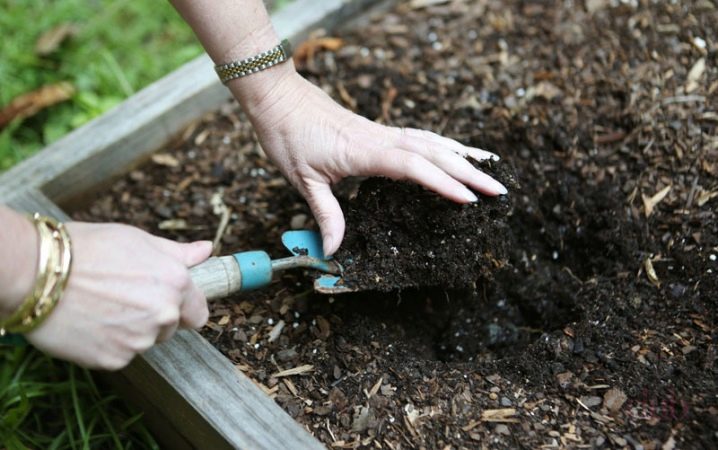
- At the bottom of the pit, you need to lay out drainage and pour a layer of sand. It is more correct to root lilacs in a special soil mixture with fertilizers that include nitrogen.
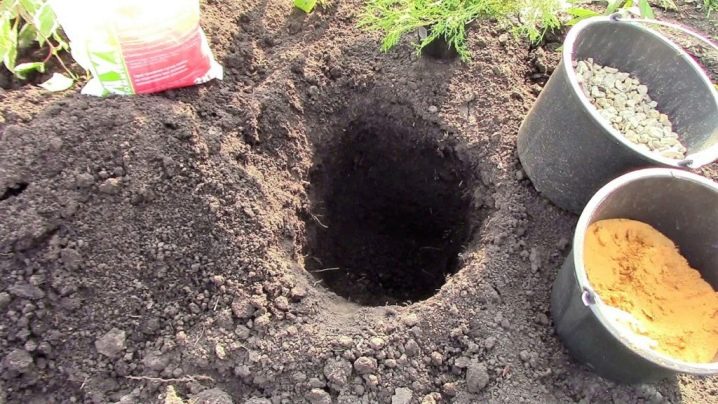
- Moisten the well before planting. Then you need to place a bush in the middle, straighten the root system. After that, it is worth sprinkling the culture with earth and once again moistening the soil, having well compacted the earth in the near-trunk circle.
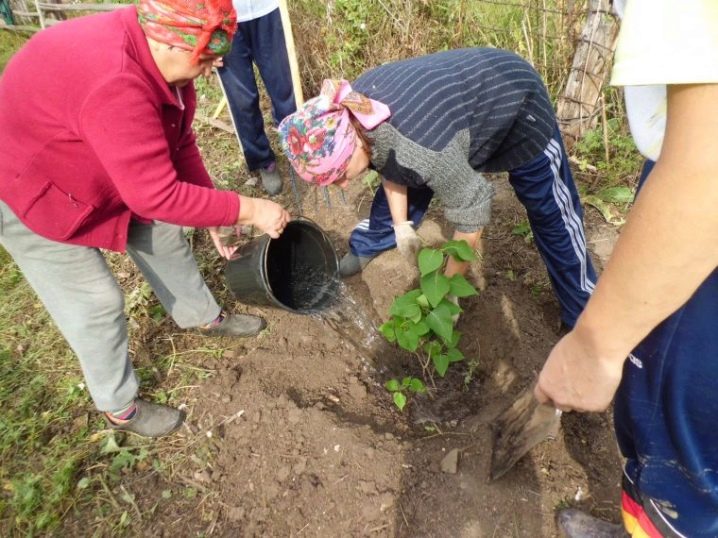
Advice
To perform a successful breeding of lilacs, it is worth adhering to certain recommendations in the work.
- Using the cuttings method, it will be more correct to water in small volumes so as not to flood the crop, but to keep the soil moist.
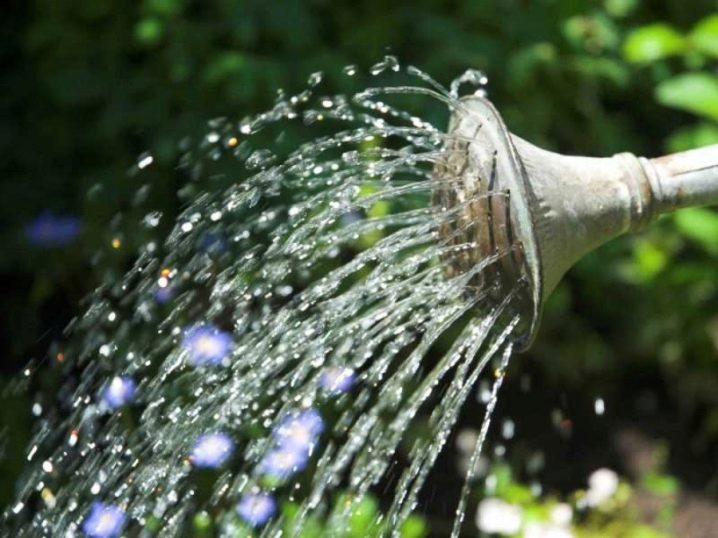
- You can root not only spring cuttings, but also summer ones. For this, material is cut from the selected plant. All foliage is removed from it, and the branch splits at one end of the shoot.In this form, the propagation material should be kept in water for several days, after adding a growth stimulator to it. Further, all work will be carried out by analogy with reproduction by spring cuttings of lilacs.
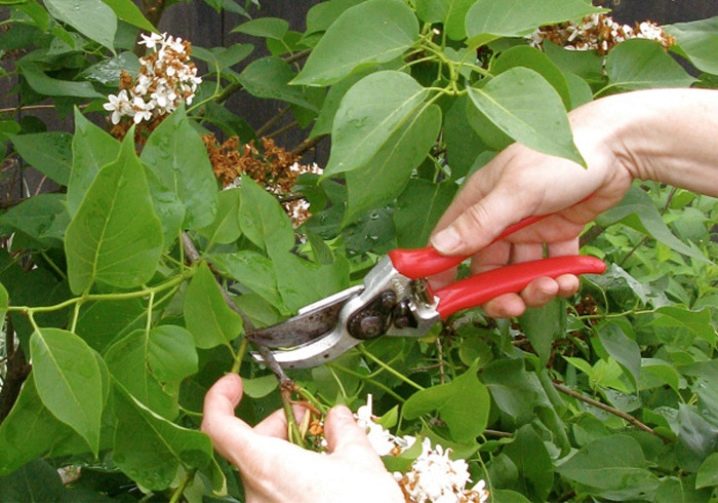
- Varietal shrubs are best propagated by layering, root shoots or grafting. These options will maximize the preservation of the parent code in new cultures.
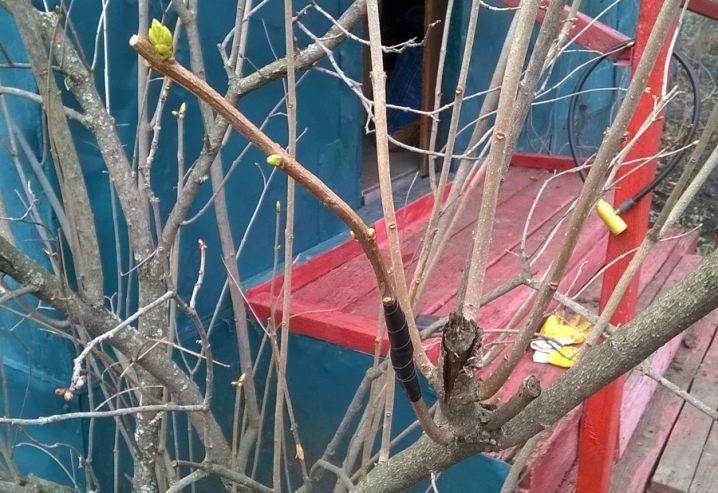
- It is best to use lilacs not older than 10 years old, but not younger than 3 years old, as a suitable bush for obtaining seedlings.
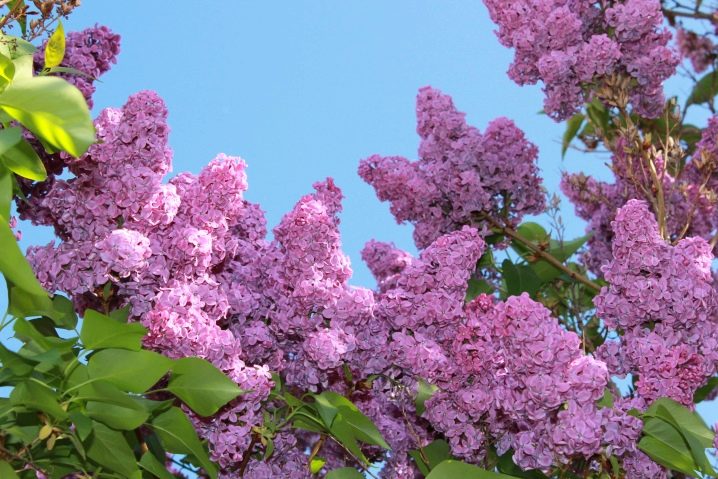
- To increase the survival rate of the cuttings, many gardeners use the etiolation method. Its essence lies in wrapping the cut point on the handle with insulating tape for several weeks. This stimulates the formation of roots in this part of the shoot.
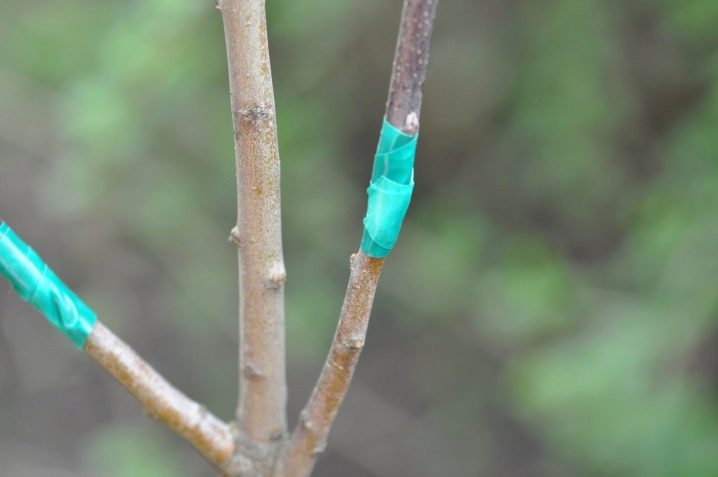
For more information on breeding lilacs, see the video below.






























































The comment was sent successfully.